Astrophysical masers are microwave lasers that occur naturally in space. They are found in regions of gas that have…
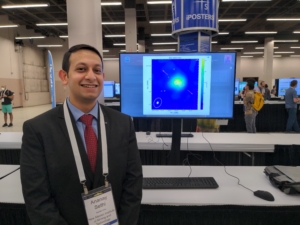
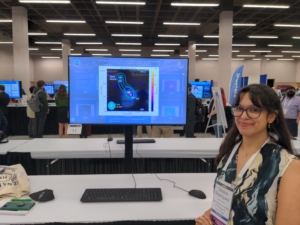
A Research JOURNEY
The Jets and OUtflows Revealing the Nature and Evolutions of massive YSOs (JOURNEY) Project aims to better understand High…
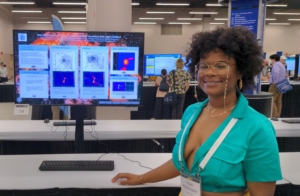
Small Wavelengths and Big Stars
The birth of a star begins with the collapse of cold molecular gas under its gravitational weight. But once…
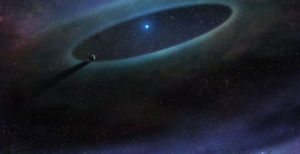
Debris Disks: What Can We Learn from the Leftovers of the Planet Formation Process?
This article was originally published in Medium on March 9, 2021. Some changes have been made to the original…
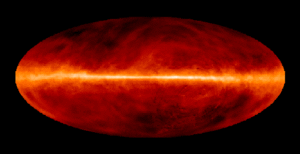
Exploring the Invisible Universe with Cardboard and Aluminum Foil
In November 2020, Oscar Le, a high school teacher from Northern Virginia, contacted us on behalf of one of…
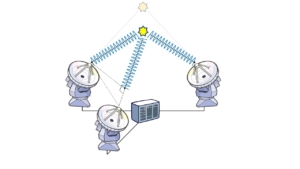
All your Base(Lines) are Belong to Us
One of the many things shared by the astronomical objects observed by NRAO radio telescopes and its Education and…

